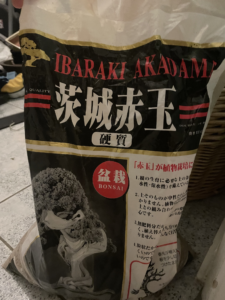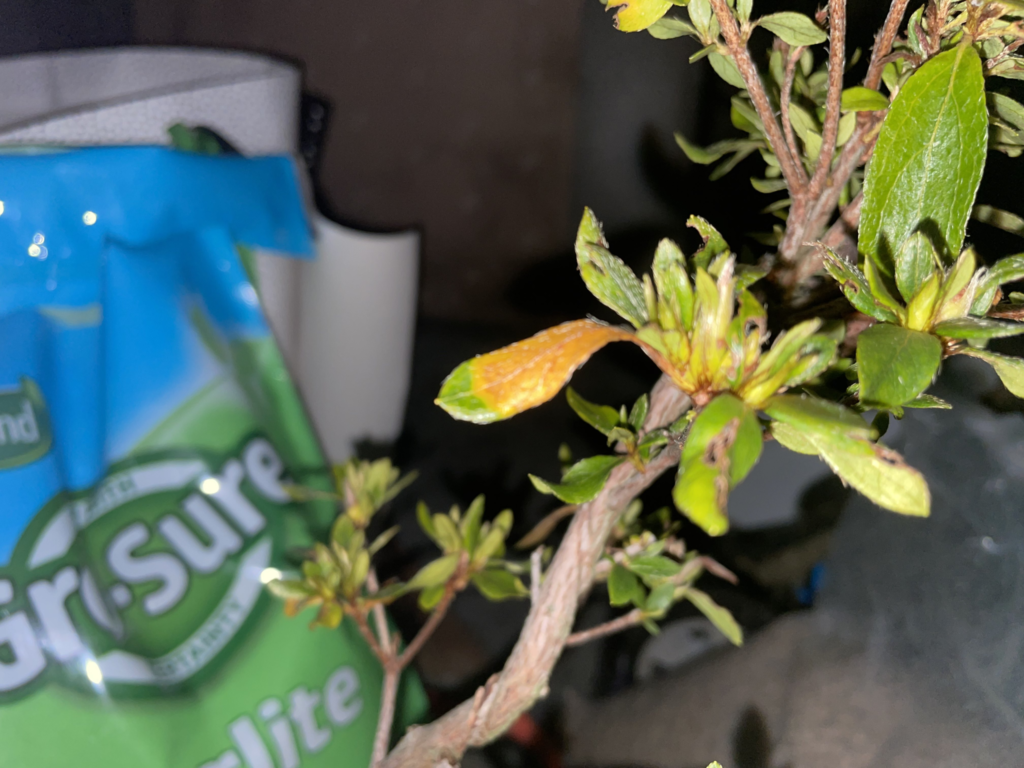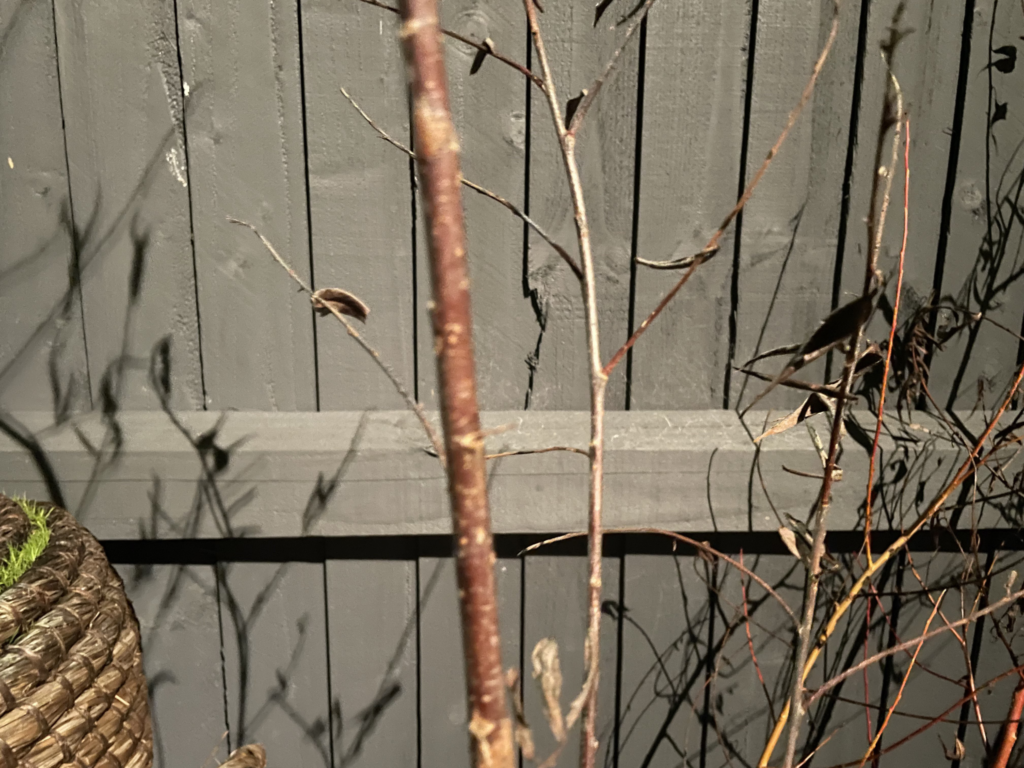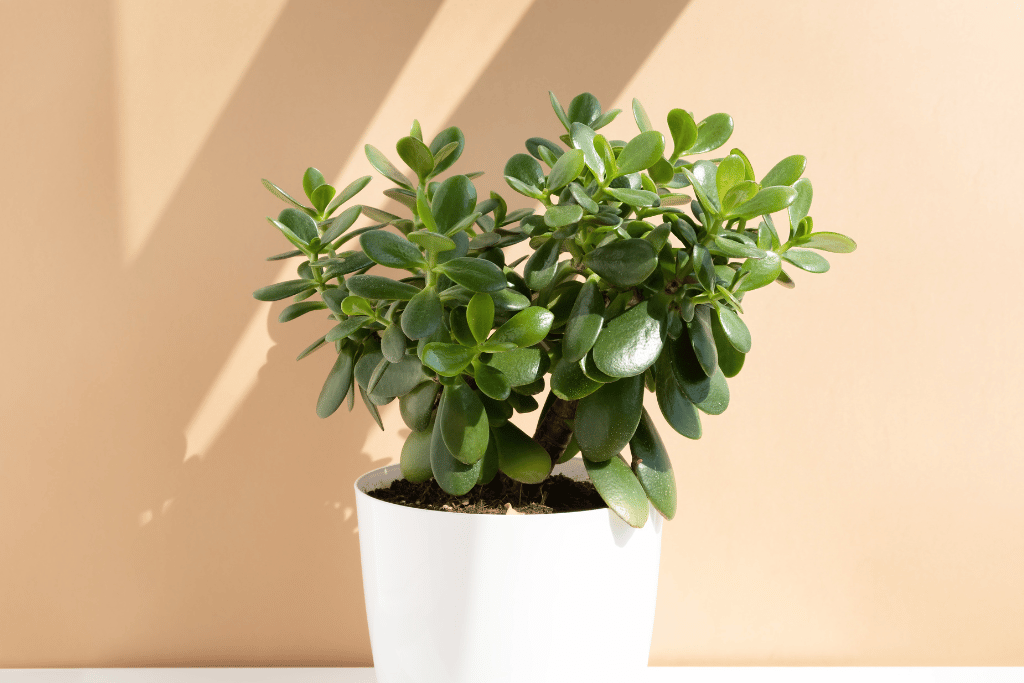It’s never nice to have a bonsai tree die on you, or any plant. We all dread it, especially when we’re just starting our hobby. Seeing your first bonsai tree die is a horrible experience, but it’s also a good learning experience. In this article, I’ll explain how to revive a dead bonsai tree – but note that not all bonsai can be saved, especially if your tree has been showing looking quite dead for a while.
There is a steep learning curve when first starting bonsai; there’s a massive amount of knowledge to learn. So, I recommend learning about the tree you’ve got and how to take care of that one, before you buy any more.
Many things you do can lead a bonsai tree to die; some factors can be completely natural and some things you can’t prevent, unfortunately. Here are a few common causes of your bonsai tree dying; and how you can avoid it.
Underwatering
One of the most common ways to kill a bonsai tree is by underwatering – especially when first getting into bonsai. Some people have not taken care of plants before, and they may need help understanding how much water a tree needs and the problem signs to recognise, which tell you that it needs more water.
Plants need water for photosynthesis which is a vital process in keeping the plant alive, providing it with all the energy it needs to carry out its essential functions, such as osmosis (water transport). Without this energy, your plant will die quickly as it can no longer provide for its cells.
The amount of water needed for trees will differ from species to species; however, when watering, you should water all of your trees thoroughly each time. Trees like willows and wisteria will need much more water than trees such as junipers, so you should take note of this when watering them. I like to put wisteria standing in water in the summer to ensure they have enough water to meet their demands.

Trees in small bonsai pots will dry out quicker than in larger pots or ordinary grow pots. Depending on the soil you use, it may dry out much faster. Soil such as akadama, which is quite free-draining, will hold less water than compost, which can hold quite a lot of water. However, compost can also lead to trees having root rot if you water too often.
Some common signs of underwatering are the browning of leaves, yellowing of leaves, dropping of leaves, and scorched leaves.
To prevent underwatering, you should water your tree when it’s starting to dry out slightly. Don’t keep the soil constantly wet, but moist. To test this, you can stick your finger an inch deep into the soil to feel for moisture.
Overwatering
Yes – it’s possible to overwater a bonsai tree (or any plant). When you overwater a plant, you are starving the roots of oxygen, which can lead to root rot, destroying the roots and eventually killing the plant. This will also slow down growth quite a bit.
While overwatering might take a bit longer to kill your tree than underwatering, it’s still vital to ensure that you don’t. It’s easier to overwater in winter due to the tree not using up as much water as it does in the growing season. You should limit watering to about once a week in winter, but you should still be testing the soil’s moisture as an indicator of when to water.
A common sign of overwatering is a buildup of moss on the soil or trunk, which means it’s too wet, promoting moss growth. The leaves might also yellow, stems may become squishy, and the soil may start to attract pests (especially worms).
To prevent overwatering, you can use the same method as testing for underwatering. Stick your finger about an inch deep into the soil to check how moist it is – if it’s still wet, you should hold off on watering until it starts to dry out slightly.
Another way to prevent overwatering is by using suitable, well-draining soil for potting your trees, such as akadama or pumice. These drain very well and don’t hold as much water as compost. However, this may mean you need to water more frequently in summer.


Lack of Sunlight
Most trees will need around six hours of sunlight per day. However, this will vary from species to species. Some will also require direct sunlight, such as junipers, while others might need to be partially shaded to prevent sun scorching, such as some varieties of maples.
Once again, light is an absolute must in photosynthesis. Without light, photosynthesis can’t happen, so your tree can’t produce the energy it needs to grow or survive. Many species are primarily outdoor trees; however, some can be kept indoors. A misconception is that indoor trees don’t require as much light as outdoor trees – however, this is not necessarily true for every species.
Some common signs that your tree isn’t receiving enough sunlight are yellowing leaves, leggy growth, a lack of growth, browning leaves, or the soil not drying out for quite an extended period.

To prevent this, you should aim to provide all of your trees with at least six hours of sunlight per day; however some species can get away with lower, such as ficus and dwarf umbrella tree – they’ll likely do better with more light, though.
You can always utilise grow lights if you have a place where your trees can’t get enough sunlight. Grow lights should provide your tree with enough light to get by, but it’s much cheaper and easier to use natural light.
Indoor and Outdoor Trees
It’s essential to understand the difference between indoor and outdoor trees. Most indoor trees are indoors because they can’t handle colder temperatures or as much light as outdoor trees can, with many coming from more tropical climates. So, keeping in this mind, you should be keeping your outdoor species out of the house throughout the year unless you’re putting them in for the winter, in which case it should be somewhere unheated.

Many people will buy an indoor bonsai tree and place it somewhere completely random in the house, such as by the front door. Unless you have some absolutely massive windows, your tree isn’t getting enough light there. It should be moved somewhere, like a south-facing window, where it can get a good amount of light.
Stress
Stressing your tree out can kill it very quickly – and this can be caused by many factors, such as underwatering, overwatering, insufficient sunlight, and excessive pruning and repotting.
Things such as excessive pruning are not good for your tree. It would be best if you pruned your tree about 2-3 times in the growing season; however, doing it more than around five times isn’t too healthy for the tree unless it’s exceptionally vigorous and can handle this. Some years, I let my trees grow out quite wild to regain energy, especially in spring.
Excessive repotting is also a terrible thing for your tree. Many people are tempted to repot their tree as soon as they buy or receive one, but this is a bad idea if it’s not the right time. Repotting should only be done around early spring time and only if the tree needs it.
Some reasons for repotting include a lack of water permeability in the soil or the tree being extremely root bound. If your tree is rootbound, you can tell from roots growing strongly from the drainage holes, or if you take the tree out of its pot, the roots will circle back on themselves quite a few times.
If you find that your tree is becoming root bound every year, you should ideally move it up to a larger pot size when it’s time to repot. This prevents you from having to repot every year and puts less stress on the tree as you’re not working on the roots every year. Many species, such as pyracantha, will grow quite vigorously, so make sure you research the trees you have.

Here’s How To Revive A Dead Bonsai Tree
Now that I’ve informed you of some common reasons why bonsai die and how you can prevent bonsai from dying with good care, I’ll next discuss how you can revive a dying bonsai tree.
1) Make sure the tree isn’t dead yet
Unfortunately, it’s not possible to revive an entirely dead bonsai tree. This applies to essentially every organism in the world, but especially trees.
To check if the tree is still alive, you can scratch a tiny bit of bark off a branch with your fingernail. If the underneath is green, that specific part is still alive. This might not apply to some parts of the tree, such as other branches, but at least that part is alive! Unfortunately, if the cambium is brown or completely black, that part has died.


Some other signs of life include new growth, the drying out of the soil, or healthy, green leaves. However, species like junipers can be pretty deceptive. They won’t show you that they’ve died for a few months, which is quite sad!
2) Remove any dead parts from the tree
Now that you’ve checked for some signs of life remove the dead parts from the tree. If it’s a specific branch, take it off. If it’s quite a significant cut, you should use a cut paste to prevent any moisture or diseases from entering the wound, which can lead to the tree worsening in health. If there are any brown leaves, then you should also take these off to prevent any energy from being used to remove them naturally from the tree.

3) Check the roots
Sometimes, the roots can be what’s killing the tree. Things such as mesh being stuck in the root ball or rotted roots can significantly affect your tree’s health, while you may not know any better as they’re out of sight. I recommend carefully loosening it out of the pot, checking for any dead roots (brown or black) or having a gentle dig around to see if anything is stuck. If something is stuck, you should remove it immediately while trying not to disturb the roots as much as possible.
If your tree looks quite unhealthy and worse for wear, this may kill it – but you can try repotting it. If there are any dead roots, you should prune them off and leave the healthy roots untouched. I recommend transferring it to a clean container with fresh soil.
A popular thing to do when your tree is quite sick is to pot it in pure sphagnum moss, which is apparently very good at healing it. I’ve heard of this working for many people, but I’ve yet to try this yet. Sphagnum moss is perfect for plants, as it’s easy for the roots to grow. You can also find it for relatively cheap in bulk amounts.
4) Water the tree thoroughly
If the soil is very dry or completely dried, you should water it thoroughly. I recommend submerging the pot in water until it stops bubbling, ensuring a good amount of water gets to the roots. I would repeat this every time I water until I’m sure the tree is on its way to recovering.
If you have done step 3 and repotted the tree, you should also water it thoroughly after repotting. A newly repotted tree can take up quite a lot of water quickly, so check the soil’s moisture frequently after repotting.
5) Make sure it’s in the correct position
As I’ve mentioned previously in the article, your bonsai tree should be placed in the correct location. It should receive at least six hours of sunlight per day (depending on the species) while getting its preferred light intensity – either direct or partially shaded.
After repotting, I recommend putting your trees somewhere partially shaded for a while to reduce the stress on the roots from the light. This will also help it by preventing it from drying out too quickly.




Pingback: Can You Revive A Dead Bonsai Tree? - Countrymusicstop.com
Pingback: Can You Revive A Dead Bonsai Tree? - Musicbykatie.com